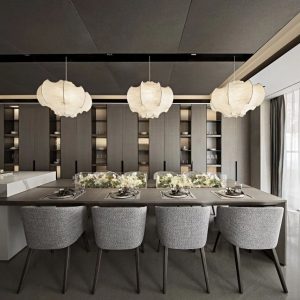Lighting Design: Illuminating Spaces with Style and Functionality
Lighting design is an essential aspect of interior design, playing a pivotal role in shaping the ambiance, functionality, and aesthetic appeal of any space. Whether it’s a residential home, a commercial establishment, or a public venue, lighting serves as both a functional tool and a decorative element. This article explores the multifaceted world of lighting design, delving into its importance, key principles, and emerging trends.
The Importance of Lighting Design
Lighting design goes beyond merely illuminating a room; it is about creating an atmosphere that enhances the overall experience of a space. Proper lighting can highlight architectural features, accentuate artwork, and influence the mood of occupants. For instance, soft, warm lighting can create a cozy and relaxing environment, while bright, directional lighting can make a space feel dynamic and energizing.
In addition to aesthetics, lighting design also plays a crucial role in functionality. Task lighting, such as desk lamps or under-cabinet lights, ensures that specific activities are well-lit, improving productivity and safety. Ambient lighting, on the other hand, provides general illumination, ensuring that spaces are comfortable and navigable.